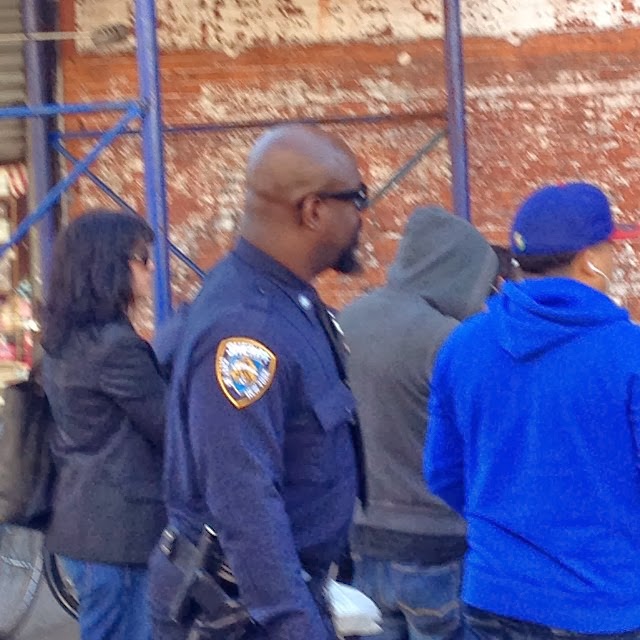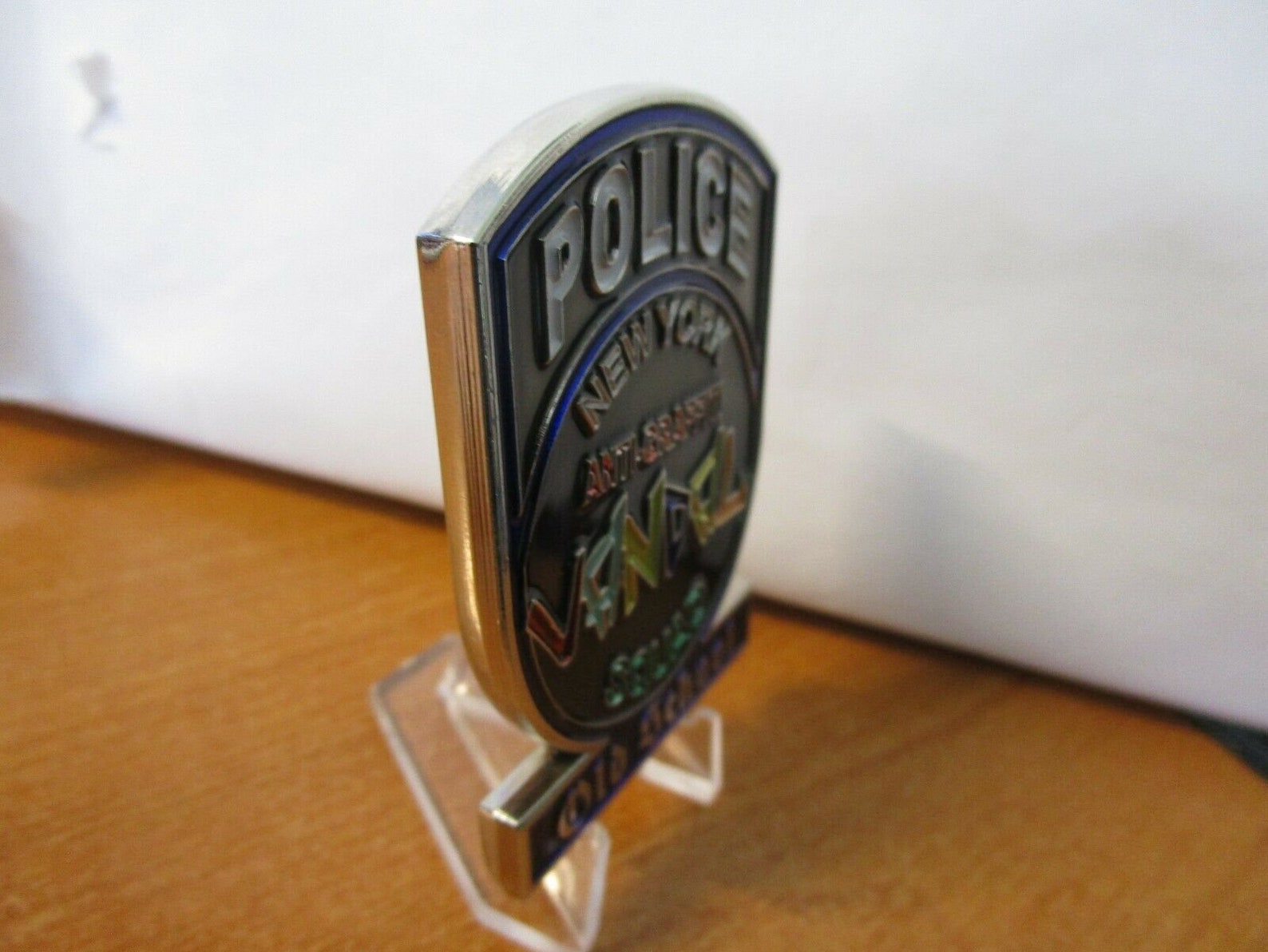

In anti-vandalism policing, as in many highly specialized crime beats that deal with repeat offenses, the officers and their quarry often come to know one another well.

Carlo said to audience members, many of whom were most likely active graffiti artists, telling them to read and drawing the first laughter of the night in what had quickly become a tense room. The fact is, I’m providing the reader with an insight into what it was like being inside such an elite unit.” “It would have been hypocritical if I worked all those years combating graffiti and then I decided when I retired to pick up a can of spray paint and start vandalizing property. “There is nothing hypocritical about myself chronicling my career in the Transit Police Department,” Mr. “No? Then he gets arrested.”)Īt a time of the ascendancy of so-called street art - wildly various forms of generally milder though still illegal work that has grown out of graffiti - the conversation was also a reminder of an era when spray paint was central to the conversation about New York’s very identity, seen as an important new art form by some but fought vigorously by the city as a dangerous epidemic. “Did Michelangelo have permission?” he asked rhetorically. (One of the other officers, Steven Mona, who retired three years ago as a lieutenant and longtime head of the Vandal Squad, told the audience that only one word ever mattered to him: permission. But in the process it also became a rollicking forum for the kinds of arguments about expression and illegality that the police and graffiti artists have been locked in for decades. The panel discussion at the publisher’s bookstore and gallery provided a chance for those grievances to be aired. Rivera is simply trying to cash in now on an urban phenomenon that he spent his career vilifying. But the book, which was issued late last year by powerHouse Books and is lavishly illustrated with pictures and resembles a lot of publications that celebrate graffiti, has come in for heavy criticism from some of the artists mentioned in it, who complain that Mr. The event was occasioned by the publication of “Vandal Squad: Inside the New York City Transit Police Department, 1984-2004,” by Joseph Rivera, a veteran anti-graffiti officer who retired from the force in 2004 and has written perhaps the only book to look at the graffiti movement from the law enforcement perspective. The officers, one of whom had arrested Cope2 several years earlier when he was leaving his house to walk his pit bulls, sat on another couch across from him and two fellow graffiti artists.įor the next hour and a half, in front of a packed room, all six were guests on a kind of bizarre hip-hop “Dick Cavett Show,” featuring profanity, accusations of police brutality and lots of memories from the days when both the artists and officers were younger and more agile, fully enlisted in the cat-and-mouse game of New York City graffiti in its heyday. Back in the day, Cope2, a Bronx graffiti legend as big as a linebacker, usually found himself in proximity to police officers only when they were tracking him in the metallic darkness of a subway yard or when they finally caught up to him and hauled him in.īut on Thursday night he sat willingly within reach of three officers - or at least three retired ones - on a comfortable couch at the powerHouse Arena, an art gallery and bookstore in the Dumbo section of Brooklyn.


 0 kommentar(er)
0 kommentar(er)
